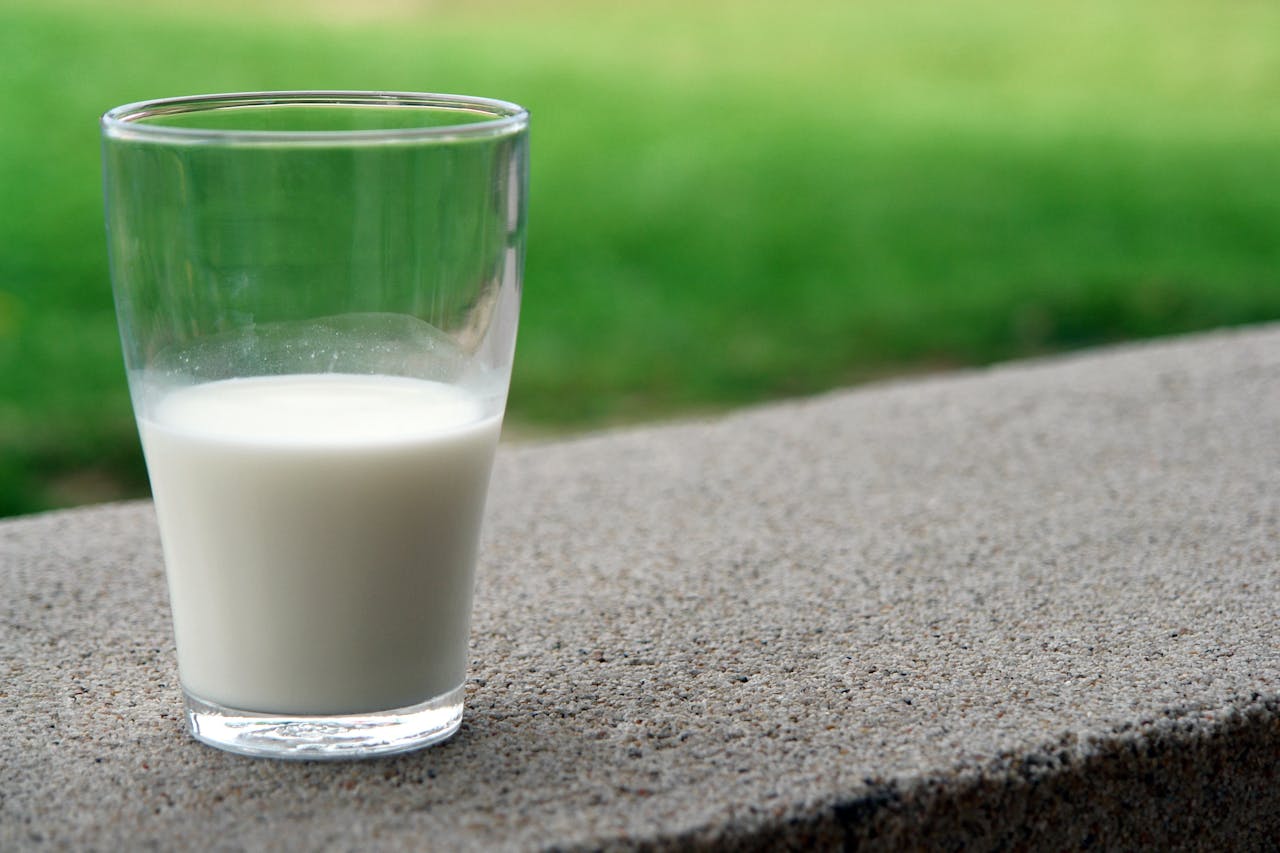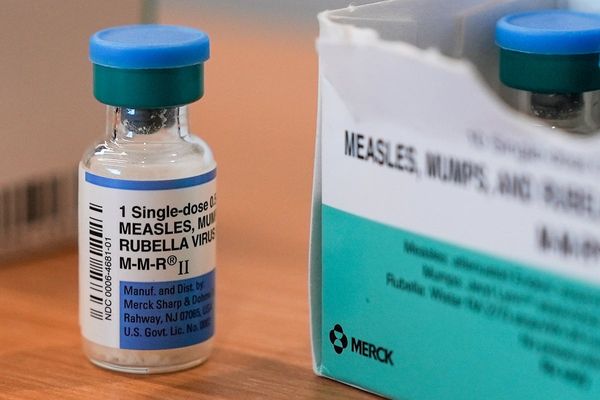
Prices have changed a lot in the last decade. You might remember grabbing a snack or a household item for just a dollar. Now, you see the same thing for $7, and it feels like a punch in the gut. This isn’t just about nostalgia. It’s about how much less your money buys at the grocery store, the gas station, or even the dollar store. If you’re trying to stretch your budget, these price jumps matter. Here are eight everyday things that used to cost $1 and now cost $7, plus some tips on what you can do about it.
1. A Loaf of Bread
Bread is a basic grocery item. Not long ago, you could find a loaf for $1 at most stores. Now, even the cheapest white bread can be $3, and anything labeled “whole grain” or “organic” is often $6 or $7. This isn’t just about fancy brands. The cost of wheat, labor, and transportation has gone up. If you want to save, look for store brands, buy in bulk, or freeze extra loaves when they’re on sale. Bread is a staple, but you don’t have to pay top dollar every time.
2. A Gallon of Milk
Milk prices have shot up. A gallon that once cost $1 is now closer to $5 or $6 in many places, and organic or specialty milks can hit $7. This is tough for families with kids or anyone who uses milk daily. Rising feed costs, droughts, and higher transportation expenses all play a part. To save, consider powdered milk for cooking or baking, or buy larger containers when they’re on sale. Some people even switch to plant-based milks, but those can be pricey too.
3. A Dozen Eggs
Eggs used to be the go-to cheap protein. You could get a dozen for $1, sometimes less. Now, a dozen eggs can cost $4 to $7, especially if you want cage-free or organic. Bird flu outbreaks and higher feed costs have pushed prices up. If you use a lot of eggs, check local farmers’ markets or buy in bulk at warehouse stores. Some people even raise their own chickens, but that’s not for everyone. Eggs are still a good value, but you have to shop smart.
4. A Fast Food Burger
Remember when you could grab a burger for $1 at the drive-thru? Those days are gone. Now, a basic burger is $3 to $5, and anything with extra toppings or a bigger patty can be $7 or more. Fast food chains blame higher beef prices, labor costs, and rent. If you want to save, look for value menus or make burgers at home. You’ll get more food for your money and can control what goes in your meal.
5. A Box of Cereal
Cereal was once a cheap breakfast. A box for $1 was common, especially for store brands. Now, most boxes are $4 to $7, and the boxes are smaller than they used to be. This is called “shrinkflation”—you pay more for less. To save, buy in bulk, look for sales, or try oatmeal, which is still affordable. Cereal is convenient, but it’s not the only breakfast option.
6. A Tube of Toothpaste
Toothpaste is a daily essential. You could find a tube for $1 at the dollar store or on sale. Now, most brands are $4 to $7, especially for anything with whitening or extra features. Prices have gone up due to higher ingredient and packaging costs. To save, use coupons, buy store brands, or stock up during sales. Toothpaste doesn’t spoil, so it’s smart to buy extra when you find a deal.
7. A Bottle of Shampoo
Shampoo is another item that’s jumped in price. A basic bottle used to be $1. Now, even the cheapest brands are $4 to $7, and salon brands are much higher. Ingredient costs, marketing, and packaging all add up. To save, look for larger bottles, use less product, or try bar shampoos, which last longer. You don’t need to spend a lot to keep your hair clean.
8. A Pack of Gum
Gum was the classic impulse buy at the checkout. A pack for $1 was standard. Now, most packs are $2 to $3, and multi-packs can be $7 or more. Sugar prices, packaging, and fewer people buying gum (thanks to masks and less cash use) have all played a role. If you like gum, buy in bulk or look for sales. Or, consider mints, which sometimes cost less.
Why These Price Jumps Matter for Your Budget
When you add up these price increases, it’s easy to see why your grocery bill feels out of control. The jump from $7 isn’t just about inflation—it’s about how much less you can buy with the same paycheck. If you want to keep your budget in check, pay attention to these changes. Use coupons, buy in bulk, and try store brands. Every dollar counts, and small changes can add up over time.
Have you noticed prices jumping from $1 to $7 in your area? What items surprised you the most? Share your thoughts in the comments.
Read More
Kitchen Gadgets That Are Actually Worth Buying in 2025
12 Unique Products You Can Only Find at Costco
The post 8 Things That Used to Cost $1 and Now Cost $7 appeared first on Grocery Coupon Guide.







